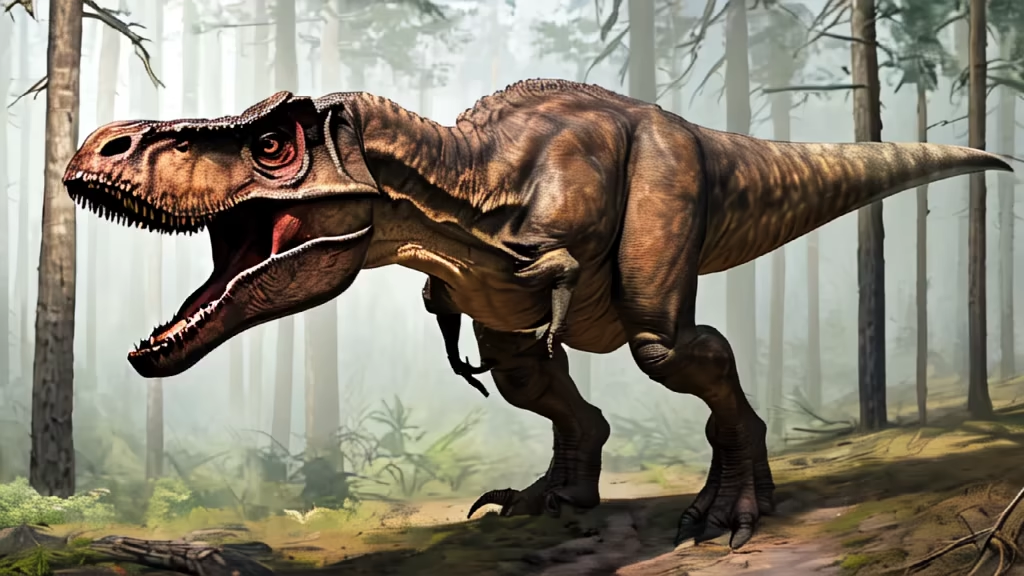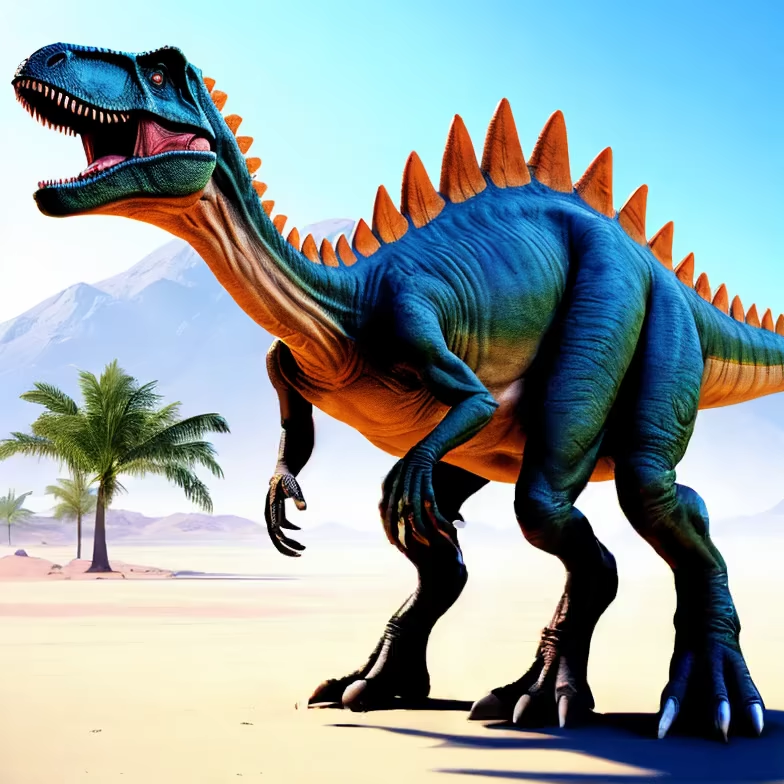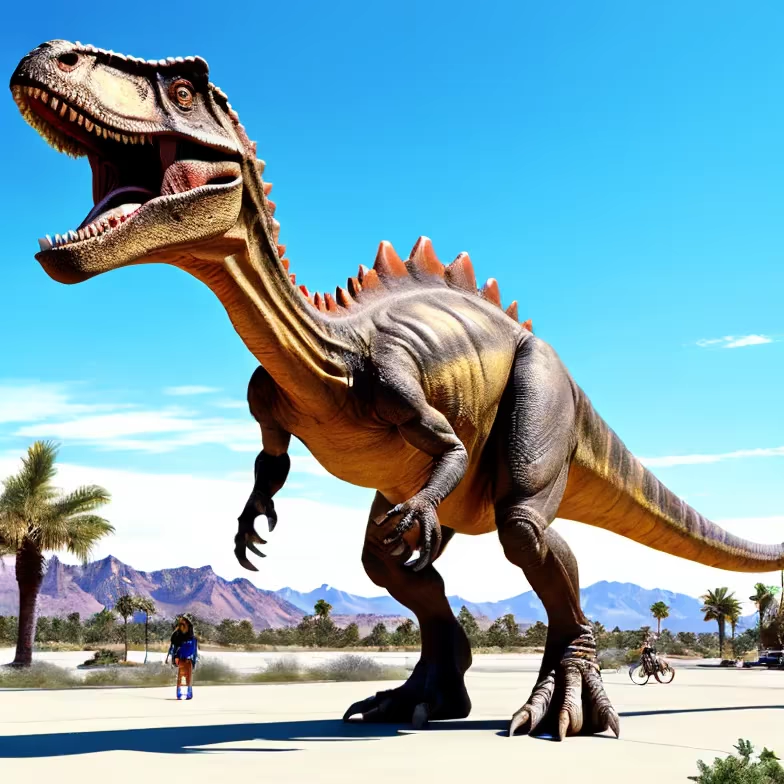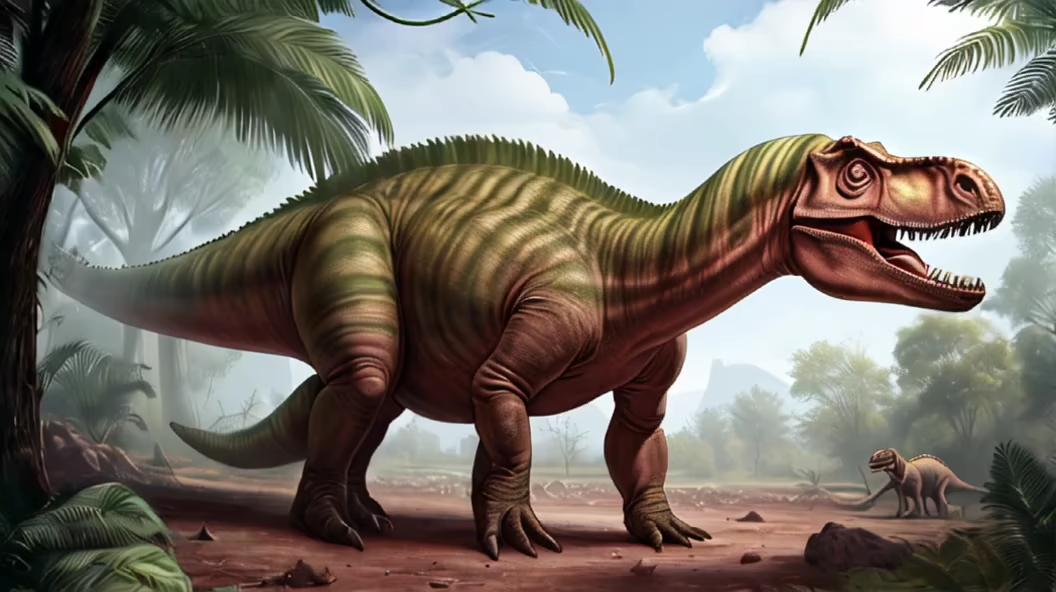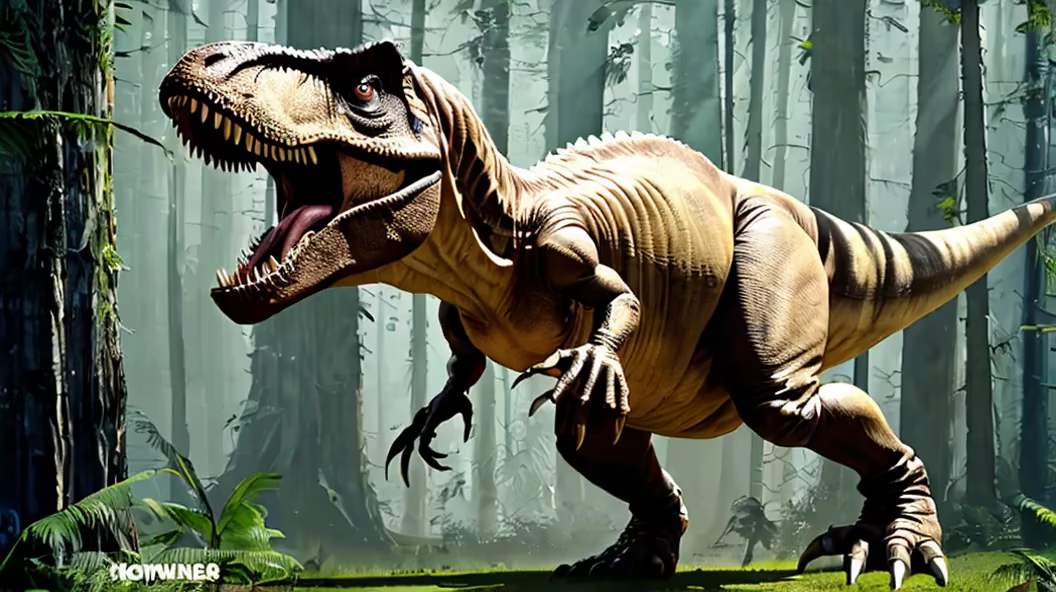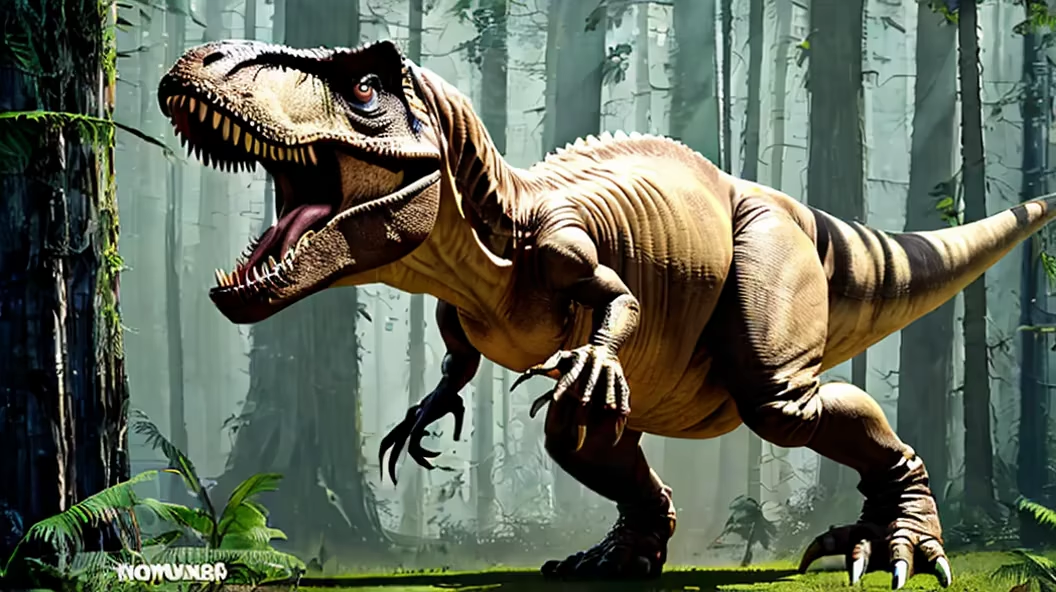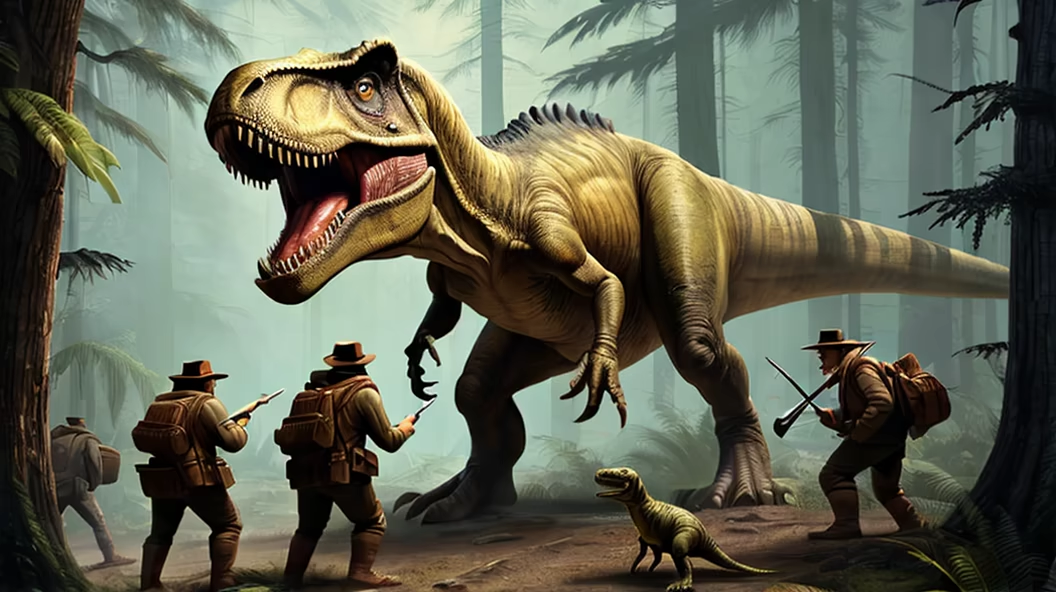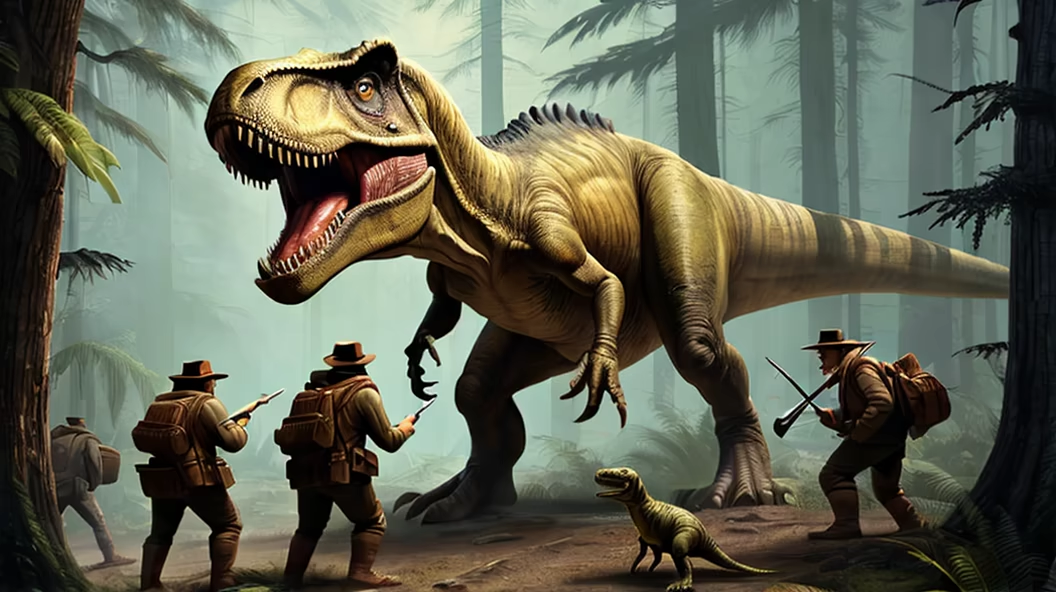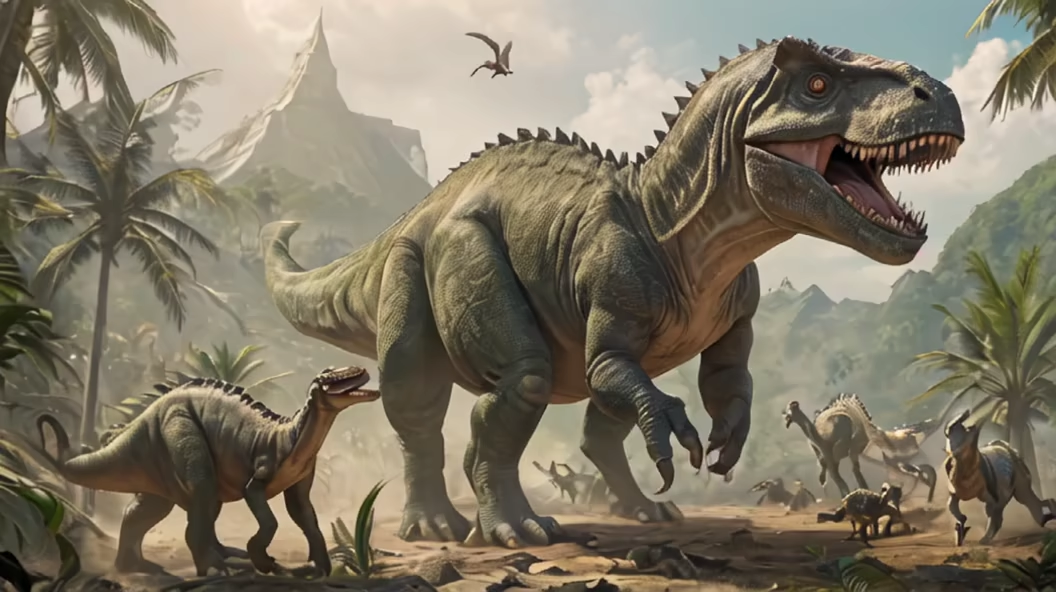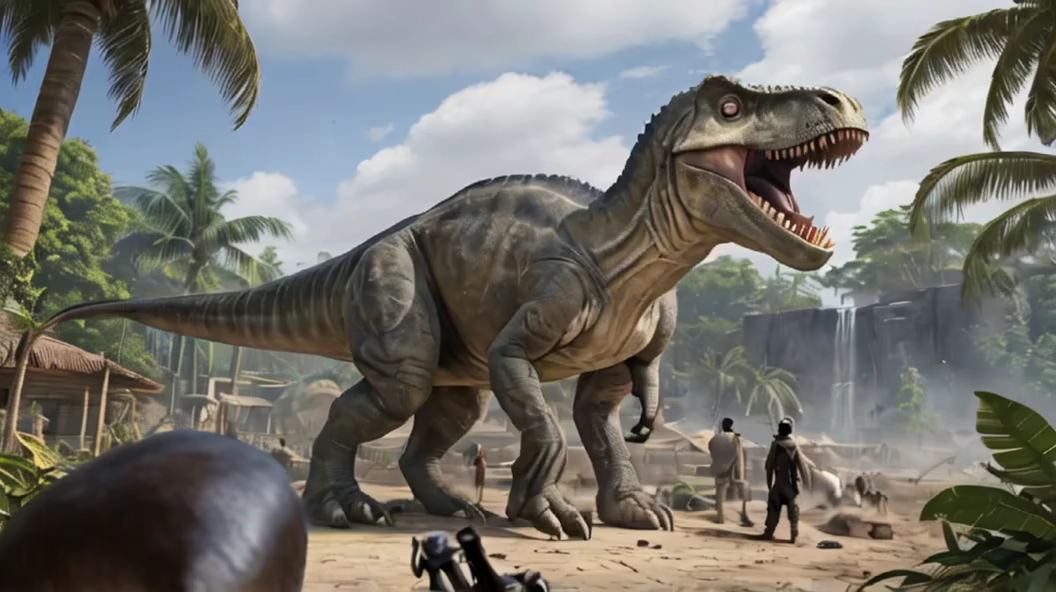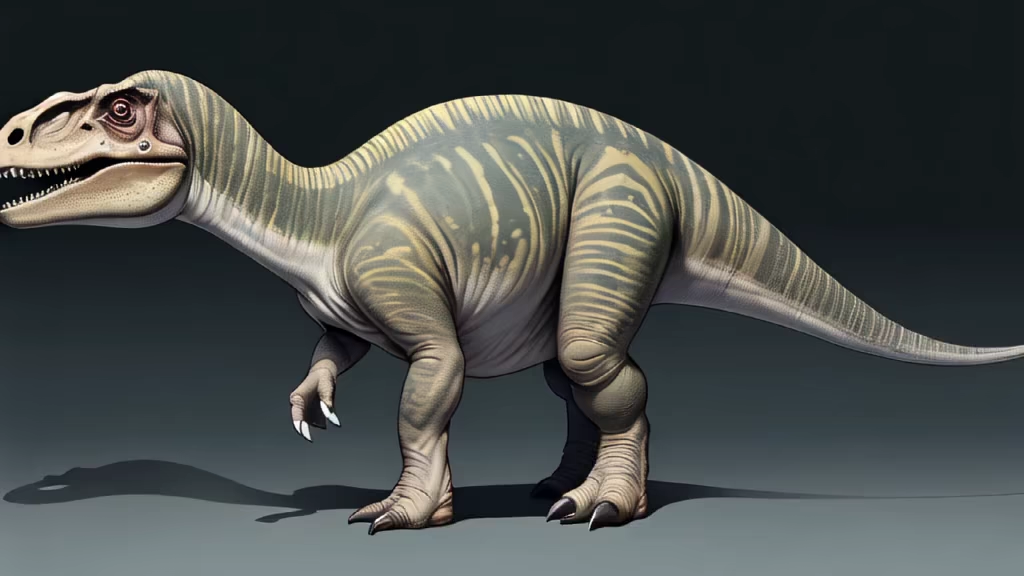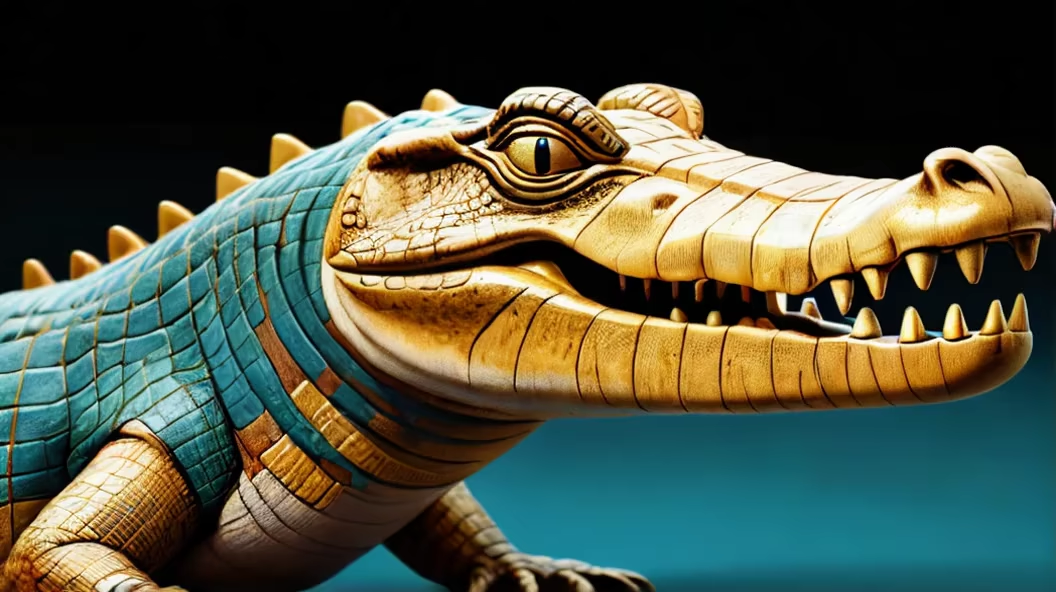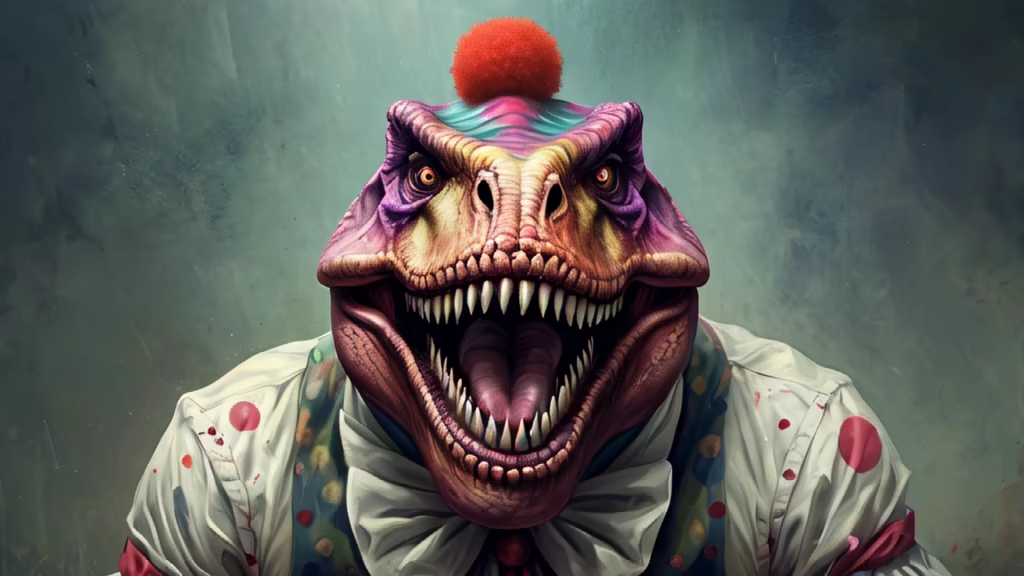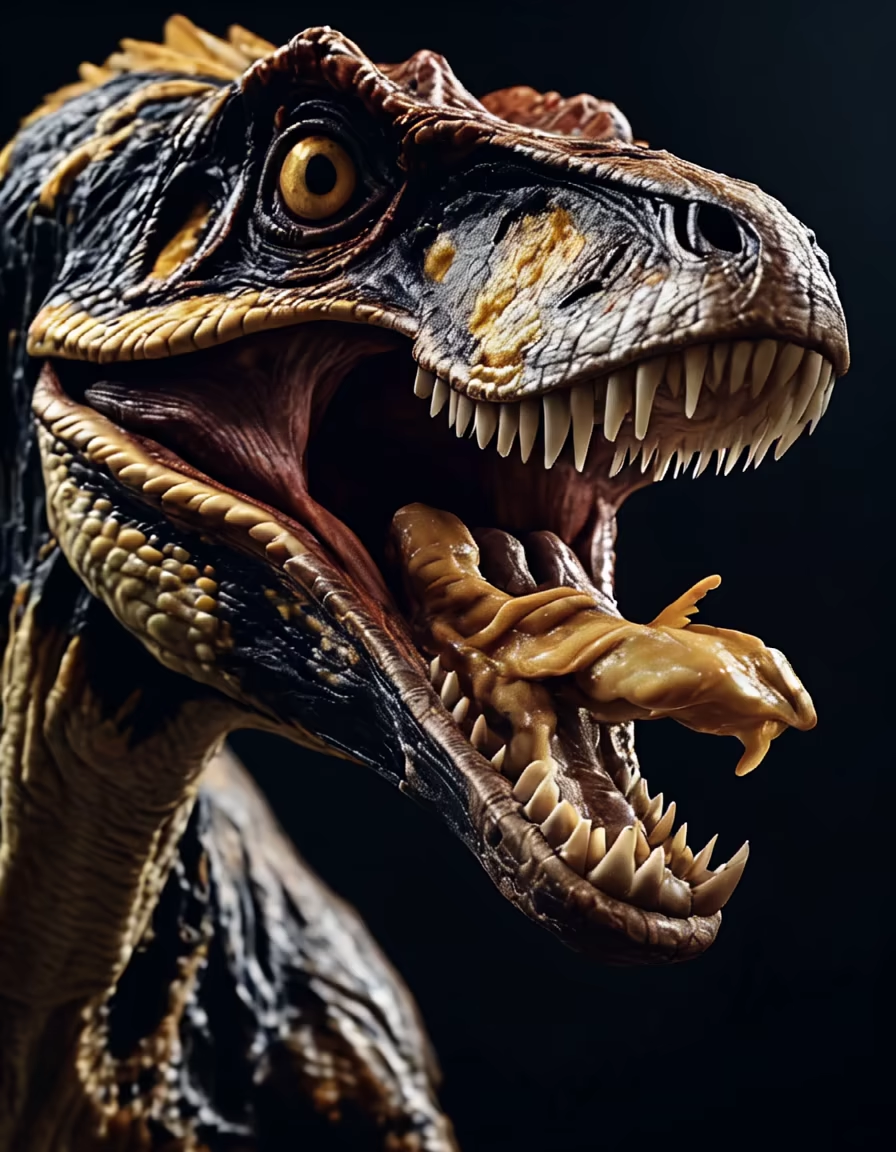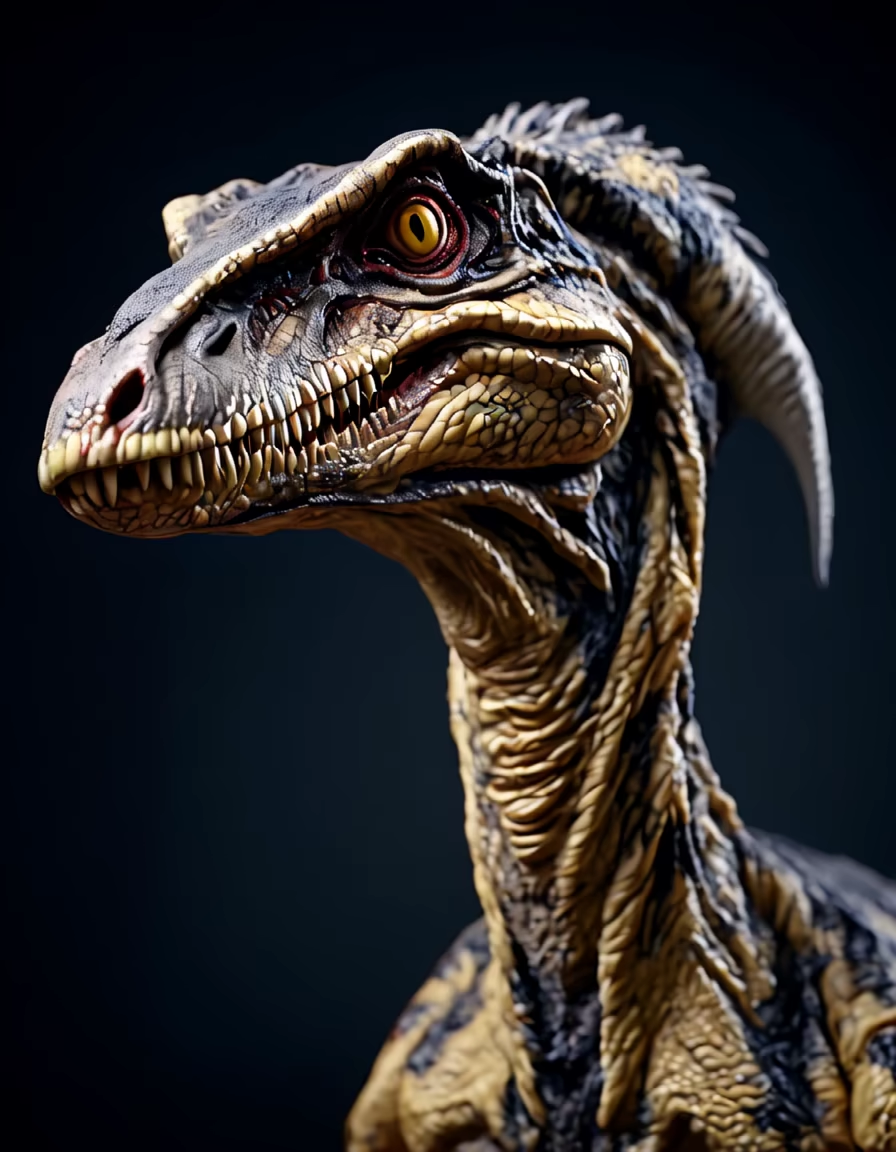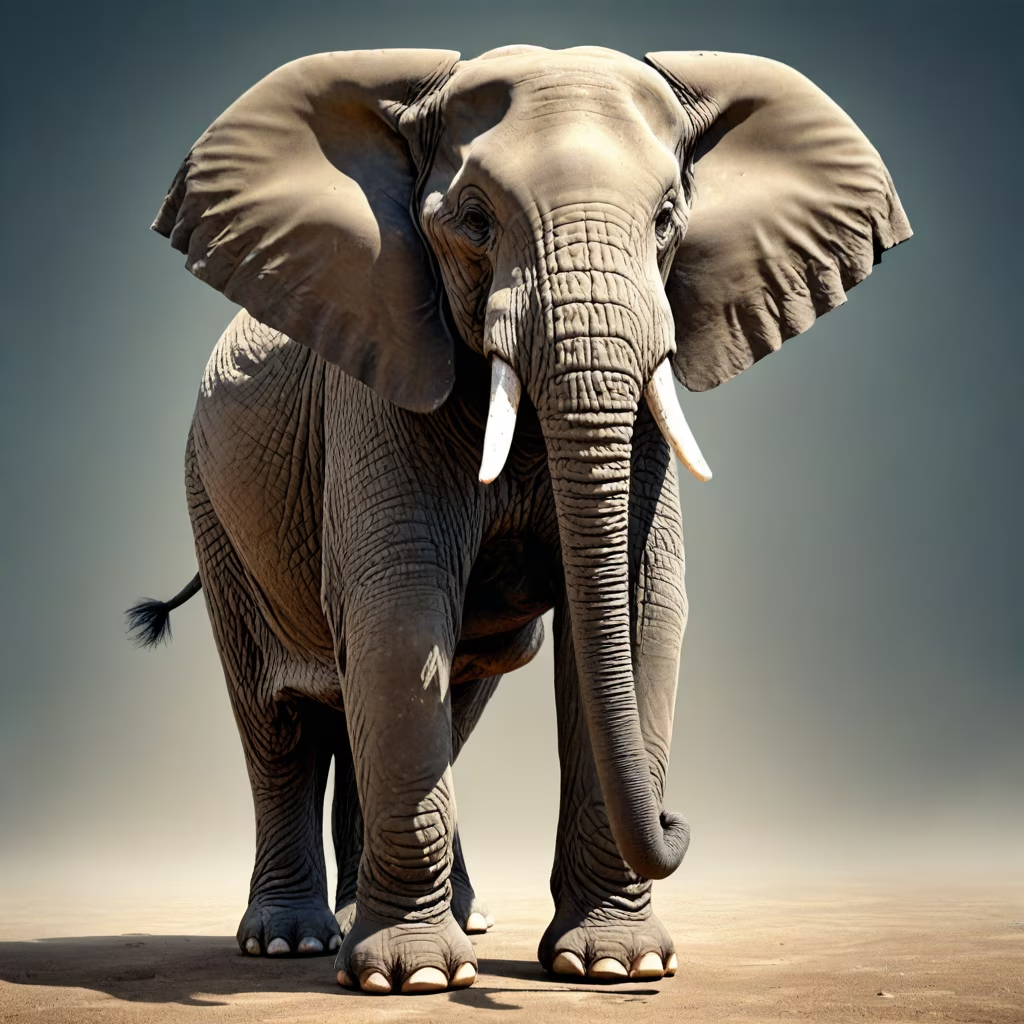

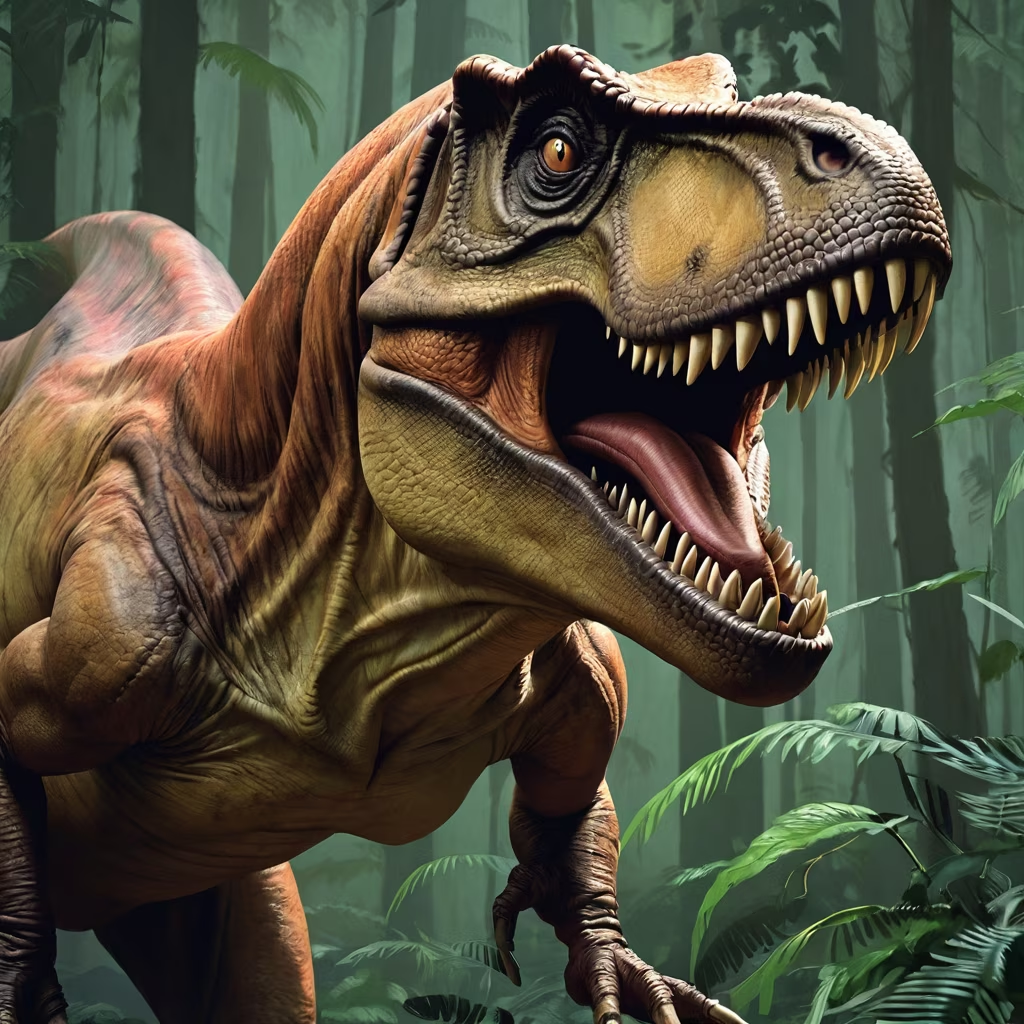









Prompt: A T-Rex in the real world, extremely realistic T-Rex, realistic image
Negative: Low quality, bad, ugly, fake T-Rex, fake




















Prompt: a draw about what could have caused the mass extinction of dinosaurs at the end of the Cretaceous period
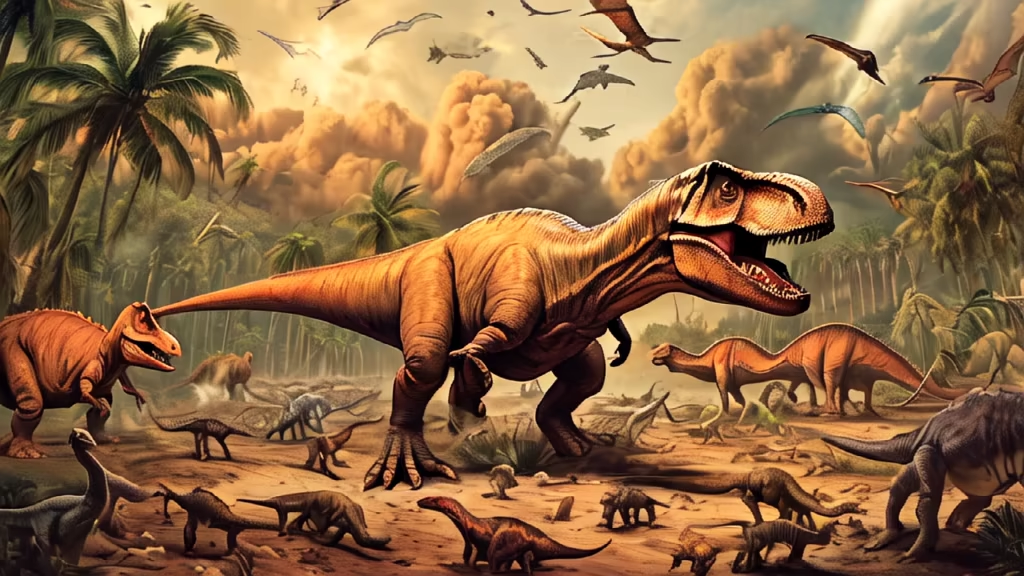
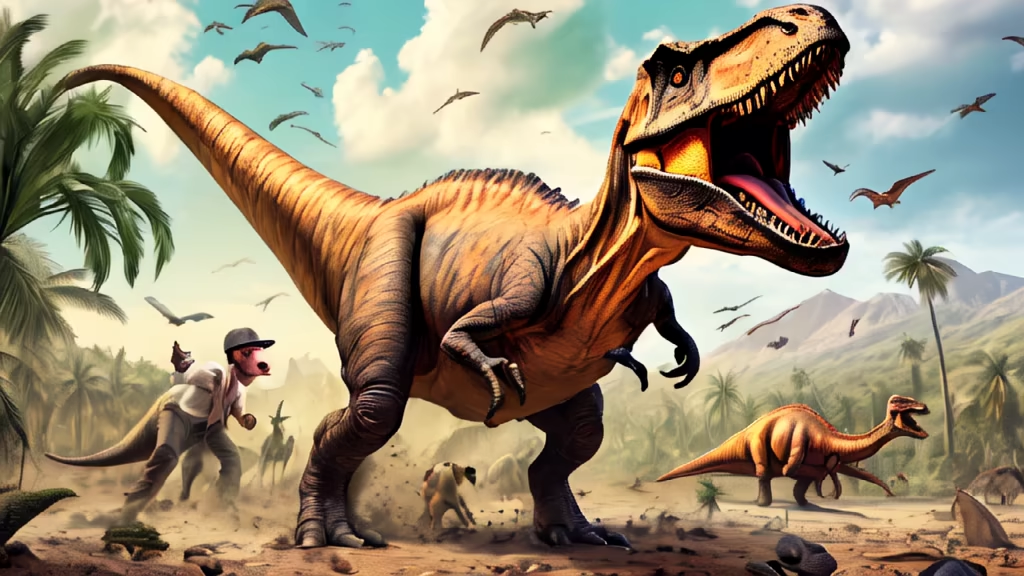



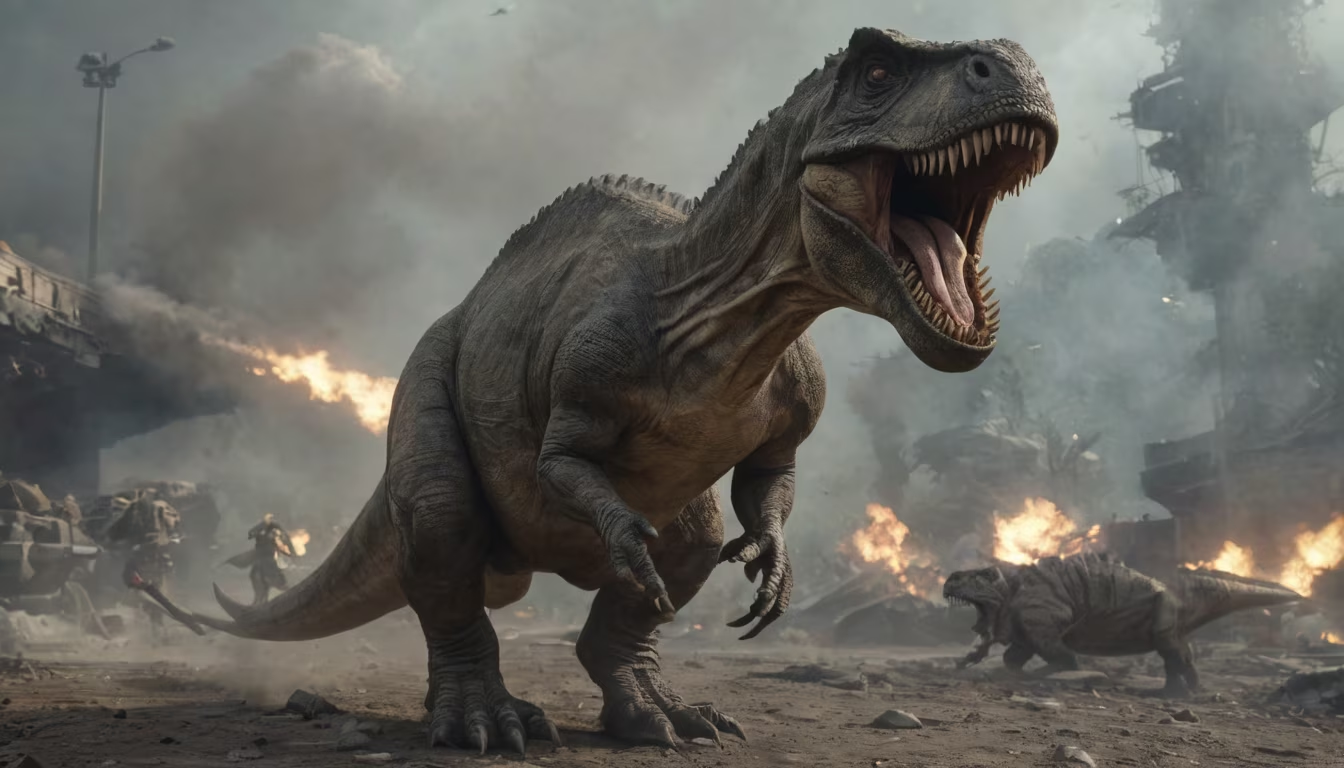




Prompt: crie uma pessoa sentada, pensando no pensamento do pensamento de um dinossauro t-rex de 300 mil anos atrás



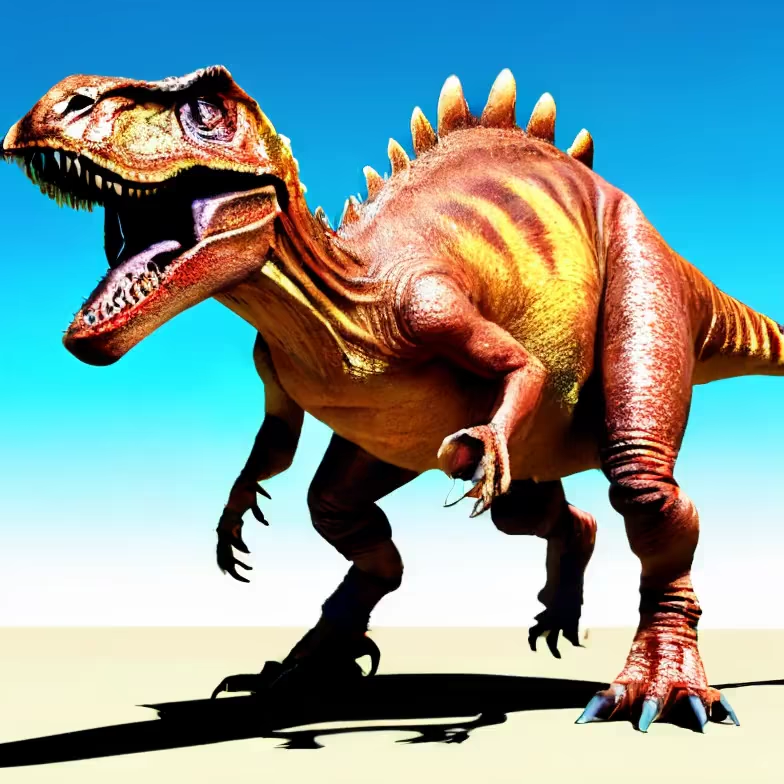








Prompt: {{A poorly executed and uninspiring representation of a lifeless Tyrannosaurus rex}} in a lackluster prehistoric scene with unconvincing details. This is a failed paleontology-inspired image that lacks any sense of awe. The environment/background is unattractive and fails to evoke the grandeur of a prehistoric landscape. The image should be in the style of a low-quality photograph, with no clear artistic inspiration. The panoramic shot, captured with a subpar lens, provides an uninspiring perspective. The lighting is flat and lacks any sense of dynamism, detracting from the supposed power of the T-Rex's roar. The level of detail is minimal, with a low-resolution output, missing crucial elements of the lifelike qualities of the dinosaur. The goal is to create a disappointing image that leaves viewers unimpressed.






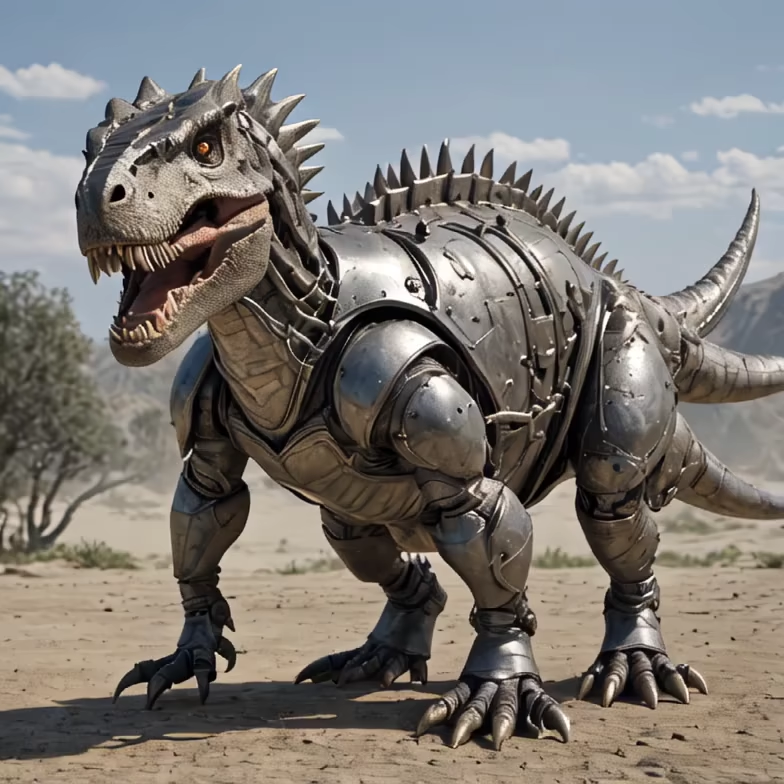
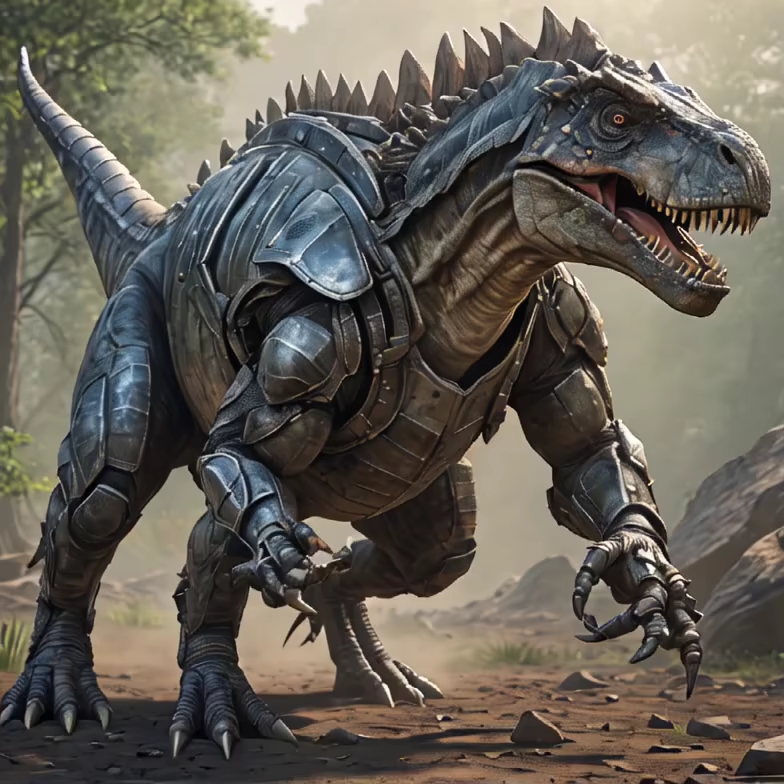
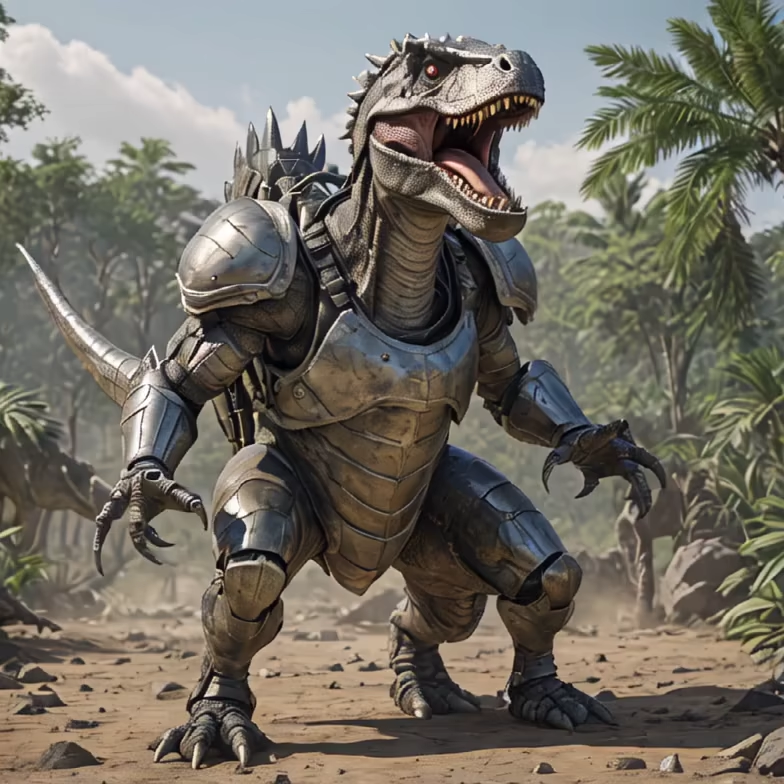







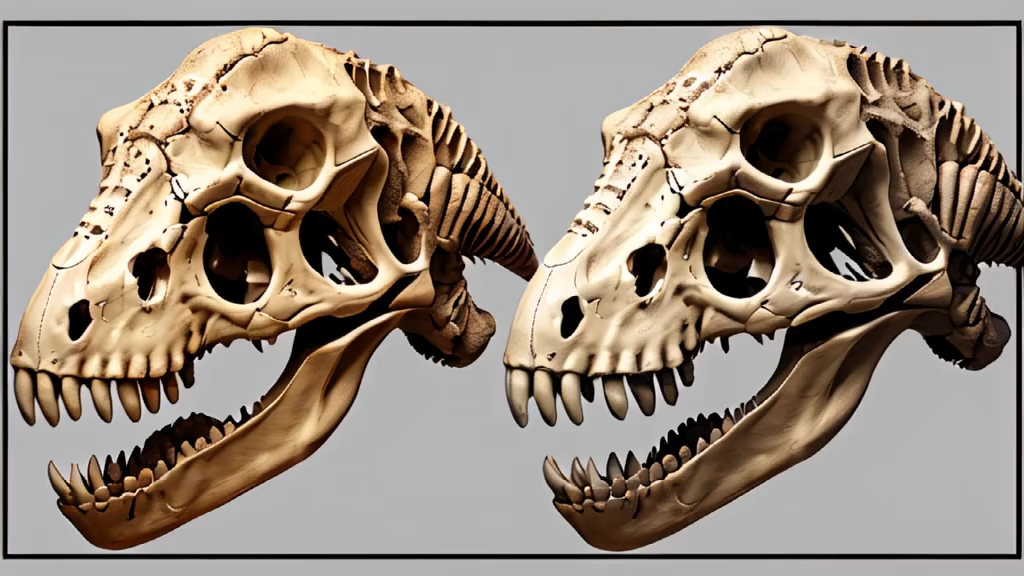
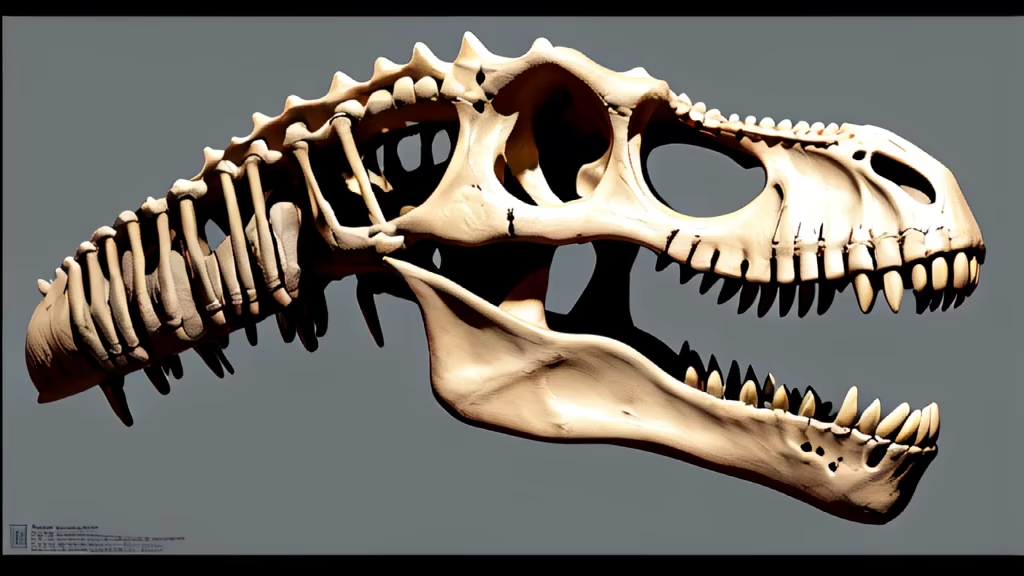
Prompt: In Greek mythology, the Titans (Ancient Greek: οἱ Τῑτᾶνες, hoi Tītânes, singular: ὁ Τῑτᾱ́ν, -ήν, ho Tītân) were the pre-Olympian gods.[1] According to the Theogony of Hesiod, they were the twelve children of the primordial parents Uranus (Sky) and Gaia (Earth), with six male Titans—Oceanus, Coeus, Crius, Hyperion, Iapetus, and Cronus—and six female Titans, called the Titanides or \"Titanesses\" (αἱ Τῑτᾱνῐ́δες, hai Tītānídes)—Theia, Rhea, Themis, Mnemosyne, Phoebe, and Tethys. Cronus mated with his older sister Rhea, who then bore the first generation of Olympians: the six siblings Zeus, Hades, Poseidon, Hestia, Demeter, and Hera. Certain descendants of the Titans, such as Prometheus, Atlas, Helios, and Leto, are sometimes also called Titans


Prompt: In Greek mythology, the Titans (Ancient Greek: οἱ Τῑτᾶνες, hoi Tītânes, singular: ὁ Τῑτᾱ́ν, -ήν, ho Tītân) were the pre-Olympian gods.[1] According to the Theogony of Hesiod, they were the twelve children of the primordial parents Uranus (Sky) and Gaia (Earth), with six male Titans—Oceanus, Coeus, Crius, Hyperion, Iapetus, and Cronus—and six female Titans, called the Titanides or \"Titanesses\" (αἱ Τῑτᾱνῐ́δες, hai Tītānídes)—Theia, Rhea, Themis, Mnemosyne, Phoebe, and Tethys. Cronus mated with his older sister Rhea, who then bore the first generation of Olympians: the six siblings Zeus, Hades, Poseidon, Hestia, Demeter, and Hera. Certain descendants of the Titans, such as Prometheus, Atlas, Helios, and Leto, are sometimes also called Titans


Prompt: In Greek mythology, the Titans (Ancient Greek: οἱ Τῑτᾶνες, hoi Tītânes, singular: ὁ Τῑτᾱ́ν, -ήν, ho Tītân) were the pre-Olympian gods.[1] According to the Theogony of Hesiod, they were the twelve children of the primordial parents Uranus (Sky) and Gaia (Earth), with six male Titans—Oceanus, Coeus, Crius, Hyperion, Iapetus, and Cronus—and six female Titans, called the Titanides or \"Titanesses\" (αἱ Τῑτᾱνῐ́δες, hai Tītānídes)—Theia, Rhea, Themis, Mnemosyne, Phoebe, and Tethys. Cronus mated with his older sister Rhea, who then bore the first generation of Olympians: the six siblings Zeus, Hades, Poseidon, Hestia, Demeter, and Hera. Certain descendants of the Titans, such as Prometheus, Atlas, Helios, and Leto, are sometimes also called Titans





